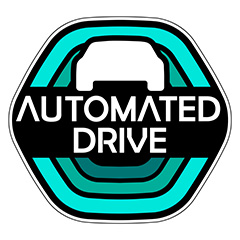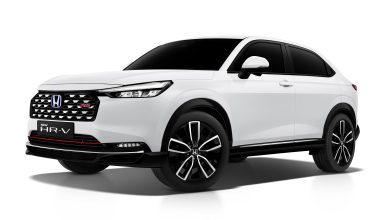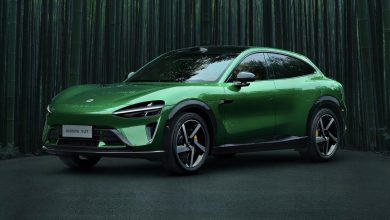Honda Approved To Mass Produce Level 3 Autonomous Cars
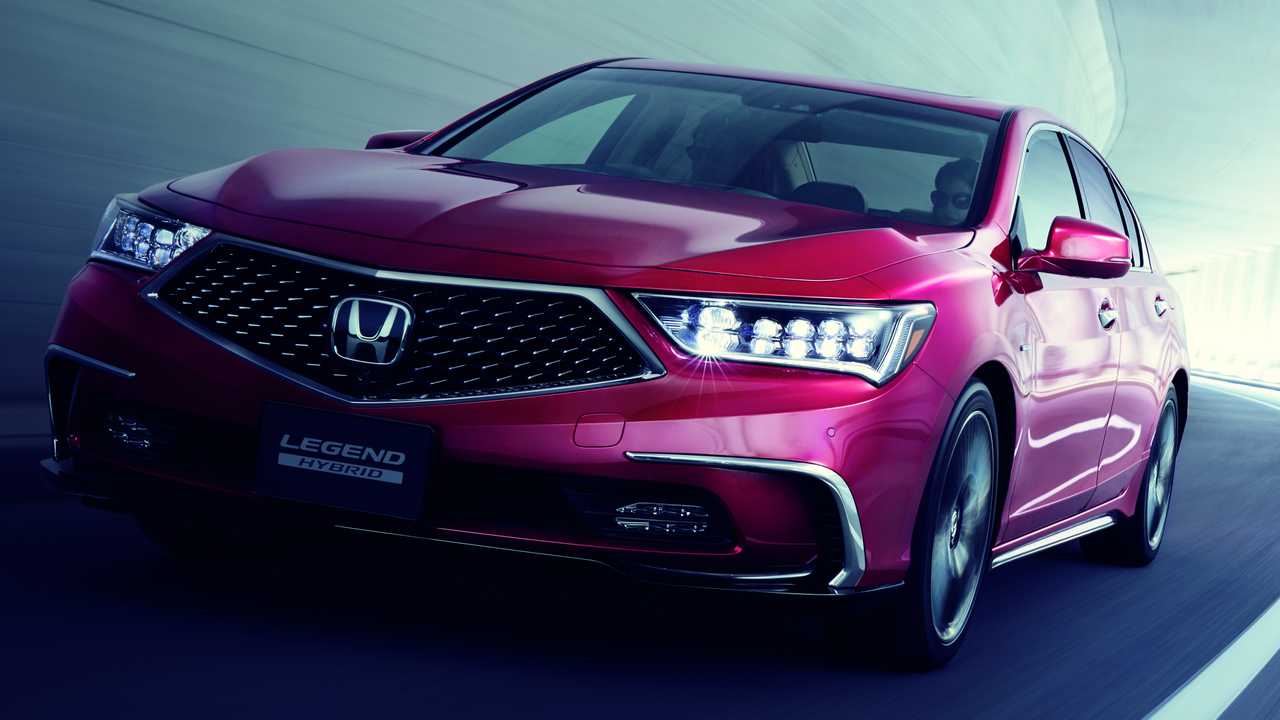
This landmark approval means that Honda will be the world’s first automaker to debut level 3 autonomy in mass production cars.
Thanks to the barrage of marketing, when mentioning the word driverless cars, most likely the thought of Tesla with its Autopilot system comes to mind. Even if its not Tesla, perhaps Volvo or GM’s Supercruise or Google with its Waymo autonomous taxis will be synonymous with driverless cars before Honda.
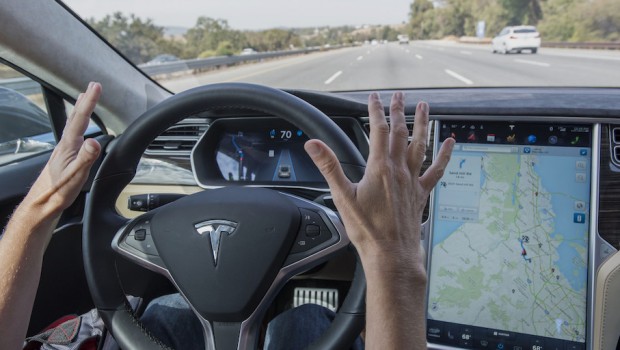
Honda, you see, for all its innovations elsewhere in the automotive sphere, has not really made a name for itself in the self-driving arena. Though most newer Hondas do feature the usual safety driving aids as part of its Honda SENSING package, no one actually relates advanced driver technology when the Japanese automaker is mentioned.
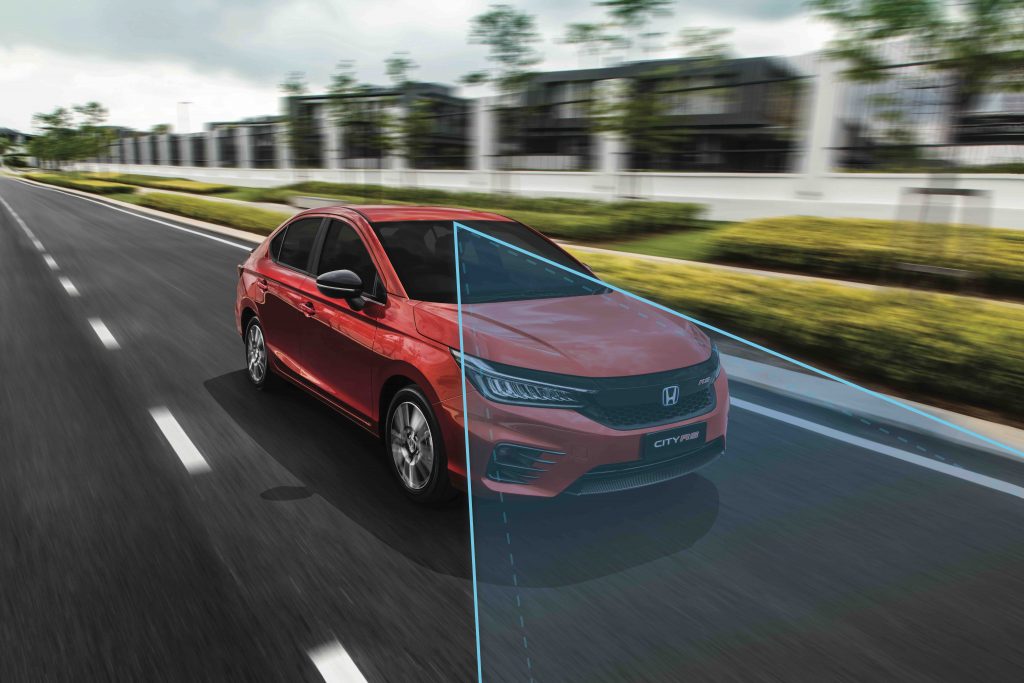
This will all perhaps change however as Honda has recently announced that it will be the first automaker in the world to mass produce Level 3 autonomous cars, after receiving the required type designation for Level 3 automated driving from the Japanese Ministry of Land, Infrastructure, Transport and Tourism (MLIT).
To those unfamiliar, there are six recognised levels of vehicle autonomy within the automotive industry. These range from 0 to 5, with 0 being fully manual operation by the driver and 5 constituting fully autonomous driving without the need of any human input.

Thus far, most new cars on the road today have up to Level 2 autonomy. Thanks to the usual suite of advanced driver assistance systems (ADAS) now standard on most new cars, this allows for the car to be able perform steering and acceleration by itself, but a driver needs to be present and ready to take control at any time.
The jump from Level 2 autonomy to Level 3 though is a big leap for many automakers who are all racing to be the first. As while on the surface of it, there is not that big a difference between these two levels, the technological advancements is substantial to say the least. That is because although Level 3 autonomous cars still performs much the same driving tasks as seen in Level 2, these higher level cars now feature environmental detection capabilities. Hence meaning that the car can think for itself and make decisions while on the road.
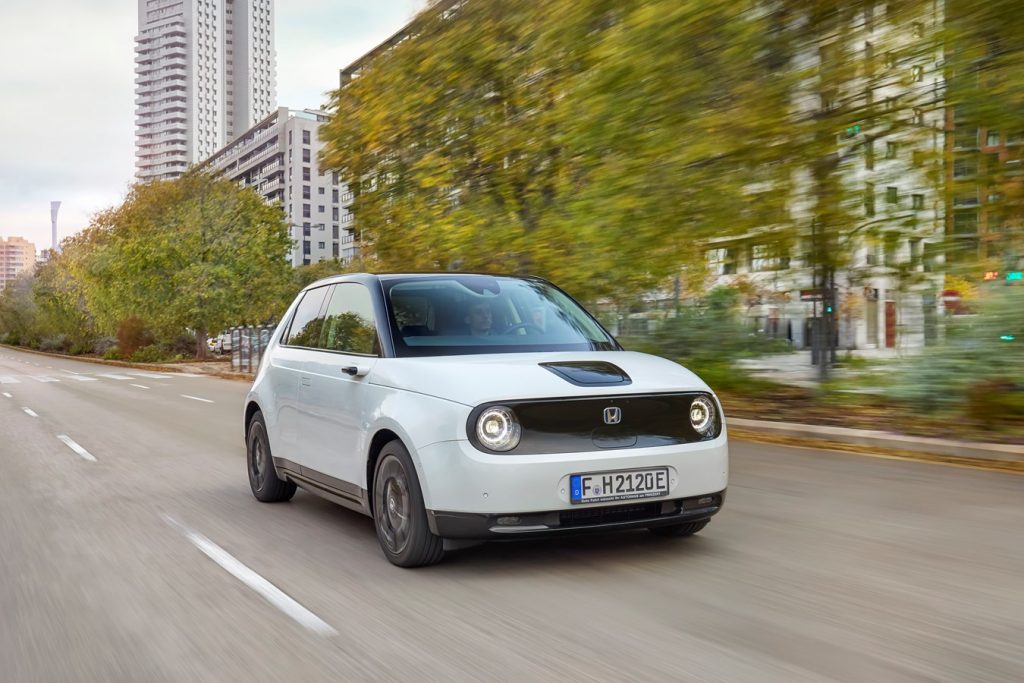
In other words, a Level 3 autonomous driving approval ‘enables the automated driving system to drive the vehicle instead of the driver under certain conditions, such as when the vehicle is in congested traffic on expressway.’ Nevertheless, a driver must still need to be present if and when a manual override is required.
As for Honda’s roll-out of its Level 3 autonomous driving system, the Japanese automaker plans to debut its Traffic Jam Pilot on its Legend flagship sedan by the end of March next year.

If Honda were to succeed, this will mark the first mass-produced Level 3 autonomous car in the world. Beating out many of the self-proclaimed leaders in autonomous technology, and perhaps cementing the fact that the Japanese aren’t out of the innovative ideas yet.
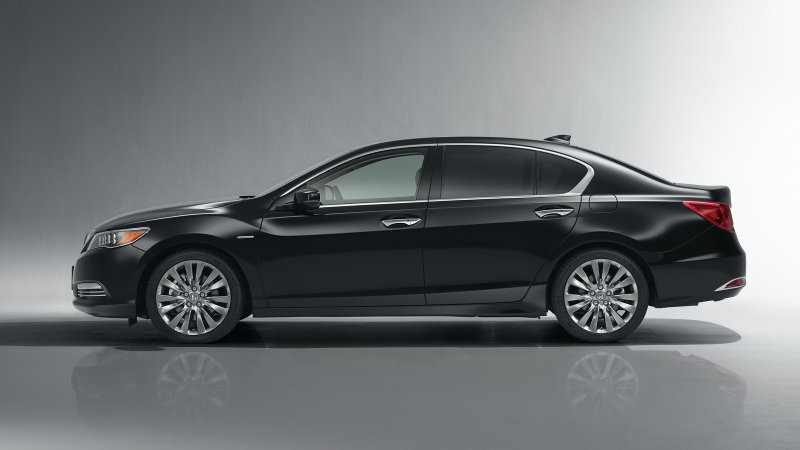
PRESS RELEASE: Honda Motor Co., Ltd. today announced that it has received the required type designation for Level 3 automated driving from the Japanese Ministry of Land, Infrastructure, Transport and Tourism (MLIT). This approval enables the automated driving system to drive the vehicle instead of the driver under certain conditions, such as when the vehicle is in congested traffic on expressway. Honda is planning to launch sales of a Honda Legend equipped with the newly approved automated driving equipment (“Traffic Jam Pilot”) before the end of the current fiscal year (Ending March 31, 2021).
To promote commercialization of Level 3 automated vehicles, the MLIT partially amended the Road Vehicle Act, and the revised act (Act No. 14 of 2019) took effect April 1, 2020. By this amendment, equipment for Level 3 automated driving was newly added to the list of motor vehicle equipment subject to the safety standards (defined in the Ministry of Transport Ordinance No.67, 1951).
Key safety standards for automated driving equipment
1.Performance:
- The equipment must not cause any concern that compromises the safety of vehicle occupants or other road users under the operable driving environment conditions.
- The equipment must not operate unless all required operable driving environment conditions are fulfilled.
- Before any of operable driving environment conditions become unsatisfactory, the equipment must warn the driver of the transfer of control (handover) back to the driver and must continue safe driving until the handover is completed. When the handover cannot be made, the equipment must safely stop the vehicle.
- The equipment must include a driver monitoring function to monitor the condition of the driver.
- The equipment must adopt cyber security measures to prevent security threats such as unauthorized access.
2.Operating condition recording device:
The recording device must record data to confirm operating conditions of the automated driving equipment for a 6-month period (or 2,500 times) including the following:
- Time when the automated driving equipment was turned on/off
- Time when the equipment issued a handover warning
- Time when the driver fell into a situation where a handover is not possible
3.External display:
- A sticker indicating it is an automated vehicle should be affixed on the backside of the vehicle body. (A request to automakers.)
